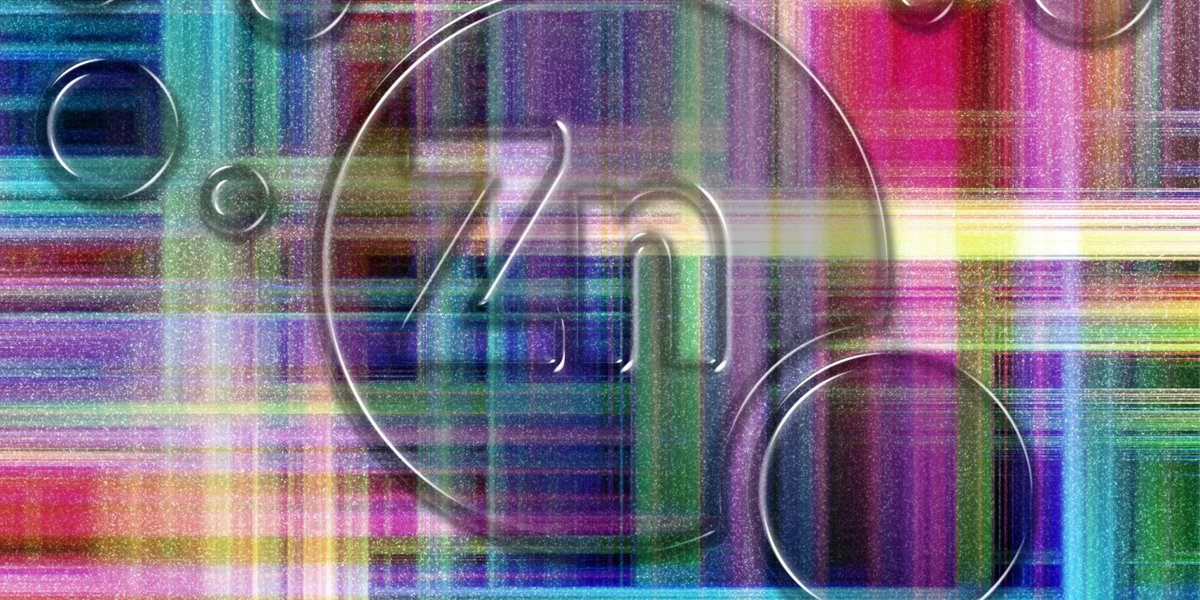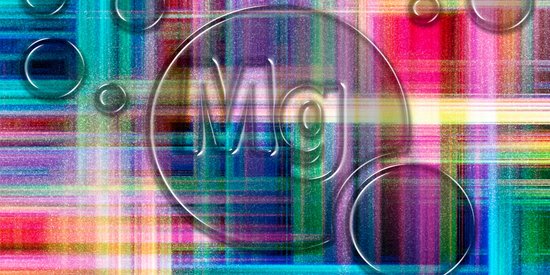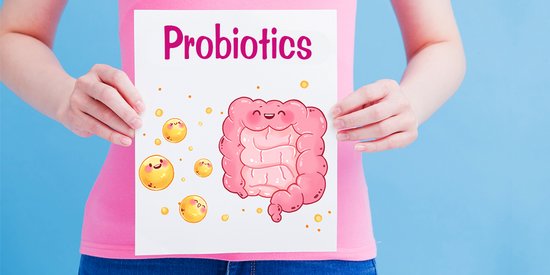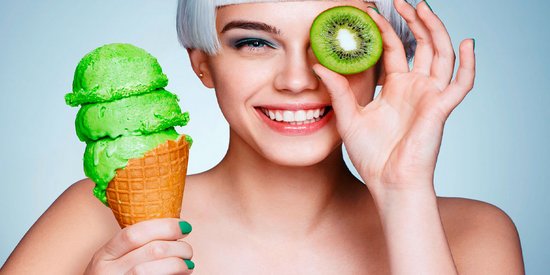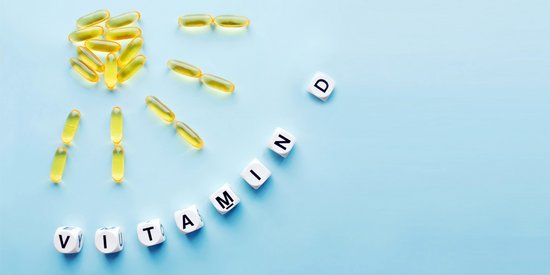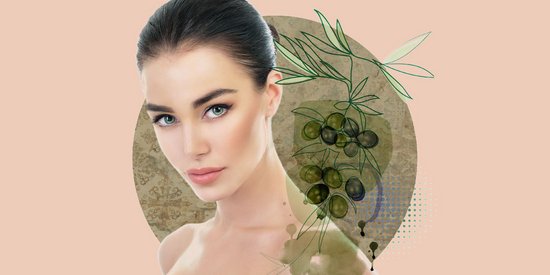Well, hello my lovelies, we are going to get down to describing a very particular trace element: zinc. First off, trace elements are essential for our bodies, provided that the helpings are in small quantities. Our bodies are not able to generate them, therefore they must be provided by our diet. Now, enough chatter and let's get down to business!
The five roles of zinc
Well then, what purpose does it fulfil, if it is so necessary? In fact, zinc has many roles (many more than five in fact, but here are the most important!)
This trace element is pretty darn insane! It stimulates the immune system, keeps the skin, hair, and nails in good condition. Got white marks in your nails? Then this can indicate a lack of zinc. Zinc also participates in the healing of wounds. It has an important role in the development and growth of the foetus. And, it allows the proper functioning of many enzymes (which are vital for the body).
The benefits of this good fairy, super ally for our skin!
As said before, zinc allows the good maintenance of the skin! Because it participates in the synthesis of collagen, a protein used to maintain the rigidity and elasticity of tissues. Collagen, this sacred phenomenon, also acts on healing, hence one of the roles of zinc in wound healing.
Aside from its aesthetic benefits, it is highly favorable when you have acne, eczema or psoriasis! Its anti-inflammatory properties on the skin and its regulatory action on the sebaceous glands, can greatly reduce the symptoms. It can also be used in pharmaceutical preparations to treat skin complaints, so ask your pharmacist about this too. In summary, for the most beautiful skin, it can beat rejuvenating creams with their thousand homeopathic and placebo effects hands down!
Zinc can also be found naturally in certain foods.
Sources of zinc in food
And high five! Of course, the natural intake of zinc can occur through food. The dosage is around 9 to 12 mg for an adult person, allowing deficiencies to be avoided.
We can find zinc in different foods such as red or white meats, with lamb beating beef in the zinc stakes and steaks. Offal (veal and beef liver) also offer good quantities of zinc. It is also theoretically present in cereals, nuts and seeds and the best examples of these are pumpkin seeds, almonds, oats and chickpeas. Even cornflakes can contain small quantities of zinc. Note that we say “can contain,” and “theoretically,” because these multiple contributions are not necessarily a means to an end in their own right! Due to new agricultural techniques, soil is often depleted of zinc, and cereals are increasingly poor in nutrients, because of the refining of these.
The good news is that the food that contains the highest quantity of zinc is seafood, with Oysters beating everything else and at the top of the list. Closely following behind oysters are lobster and crab.
That's all, my little sweet pots! And if you have brittle nails and hair, as well as slow healing, zinc deficiency is something to consider! (Rendezvous with your healthcare professional or by adjusting your diet!)


